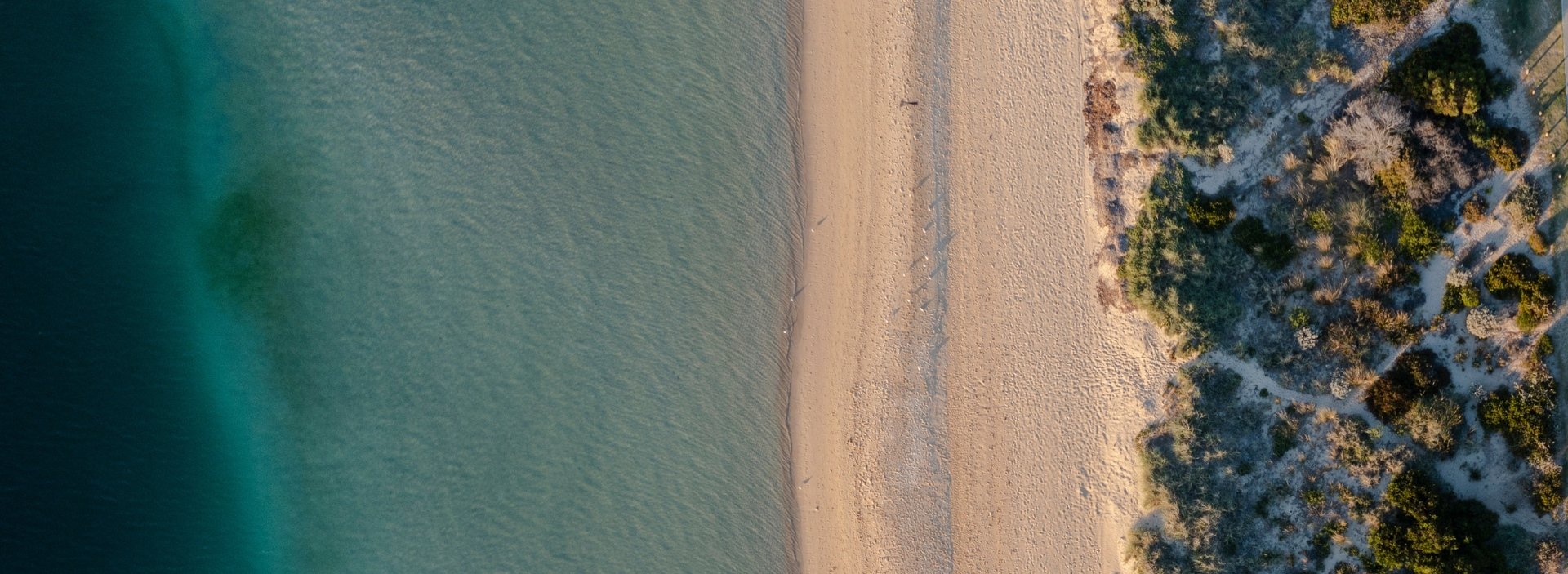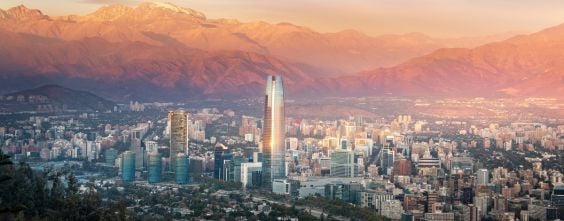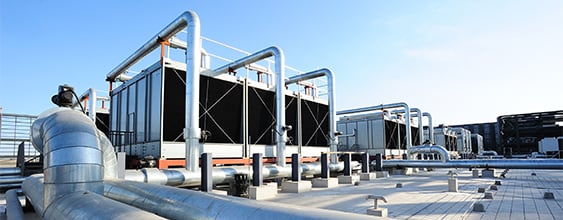Equipped with an understanding of future risks in their location, asset managers must decide what action to take in the present. These decisions are never easy. For example, specifying a deeper pavement structure might help a road last longer and withstand more intense weather in the future but it will increase costs and embodied carbon now.
So how can we consider this trade-off in a way that safeguards assets for the long-term without creating short-term problems? The first step is to look at the bigger picture – bringing factors such as safety and availability together with cost, carbon and public perception to arrive at a balanced decision. WSP has worked with the Welsh Government to do this, integrating data and client teams to develop a strategic approach.
Understanding what communities think is important but is often overlooked. For example, in financial and carbon terms, the current level of street lighting across the UK might be considered unsustainable. But lighting helps make people feel safer on the streets. And while it might be pragmatic and cheaper to decommission a road or railway that has been made redundant by a new route, preserving it for the community to use as a walking and cycling route could create social value.



















